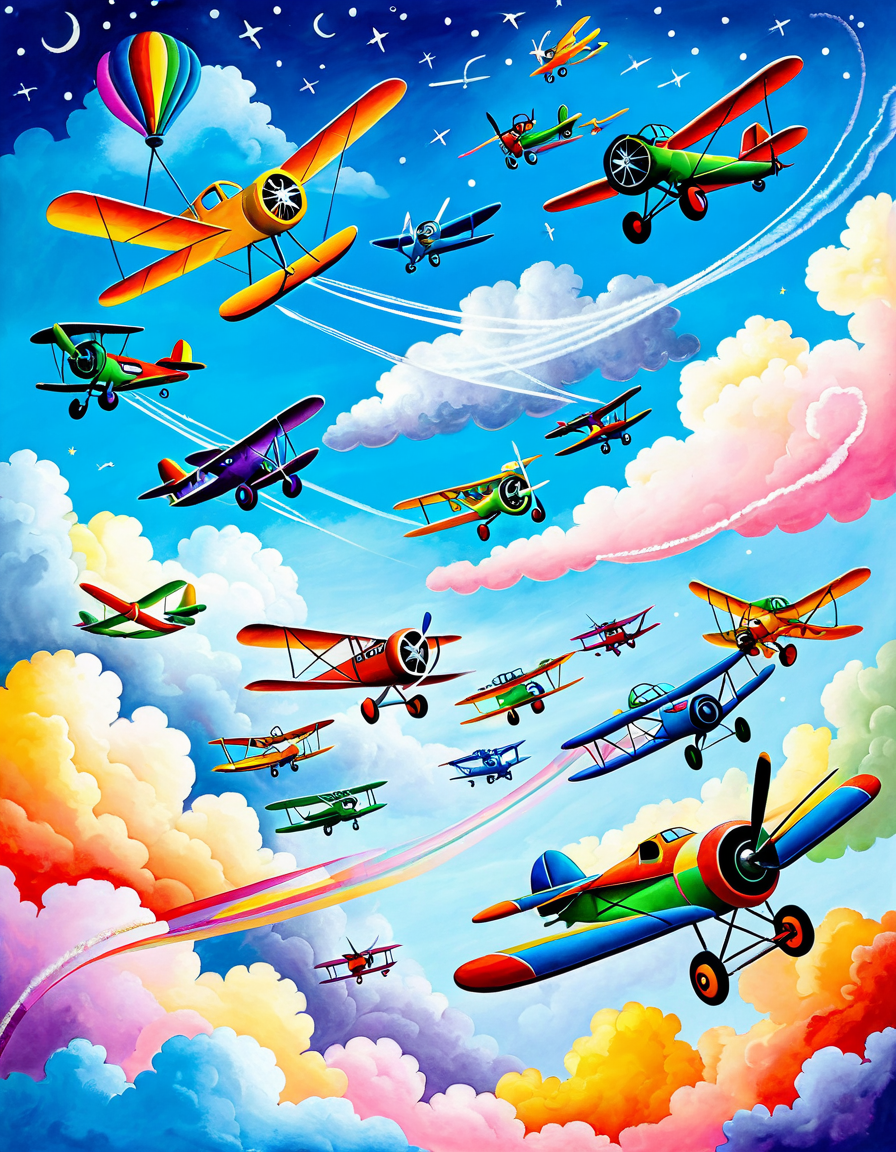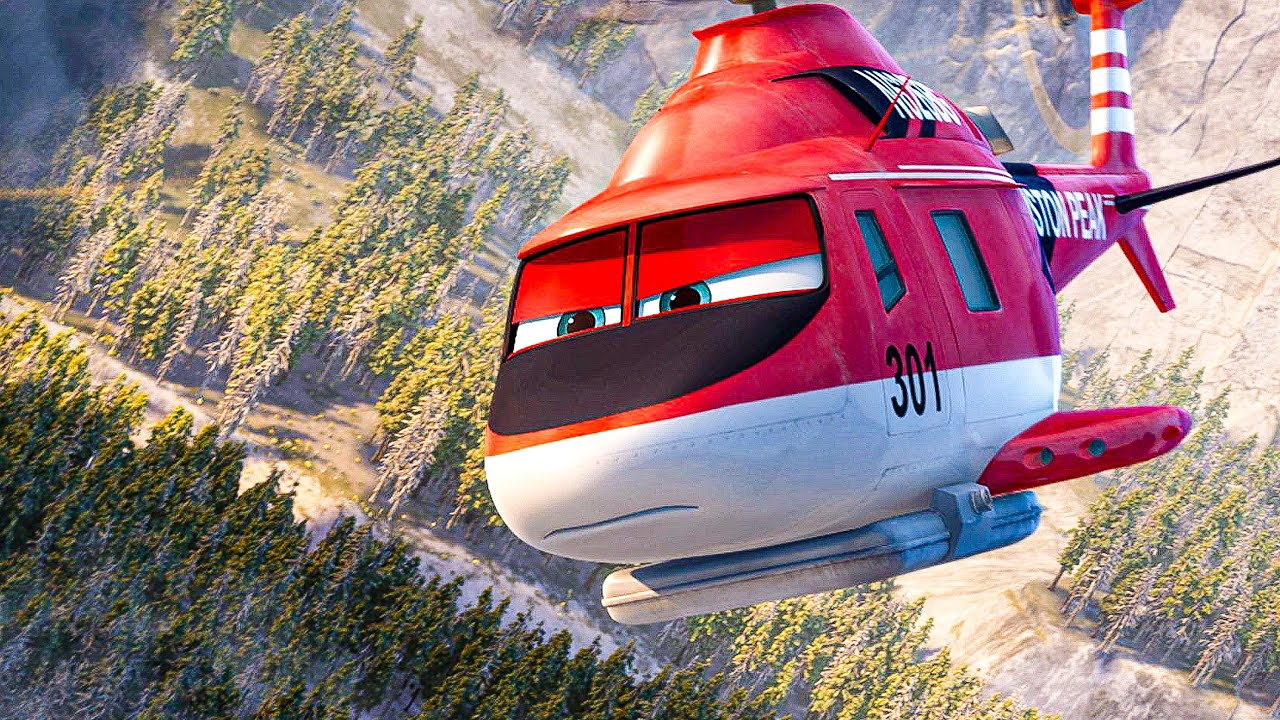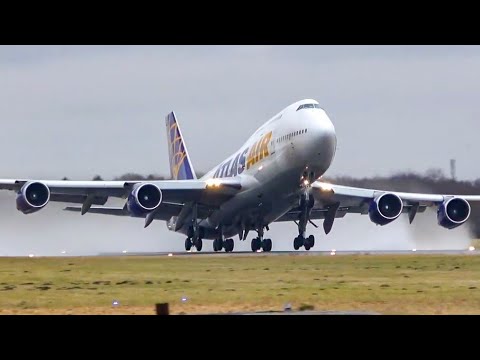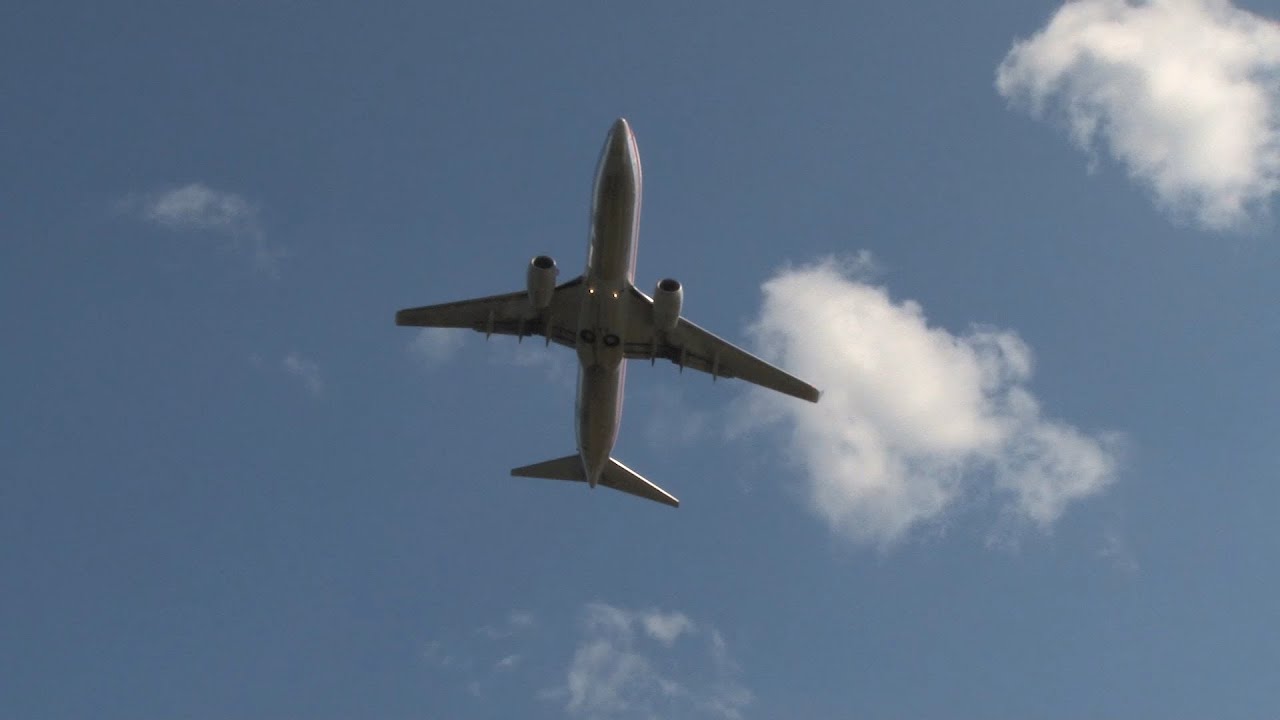The Evolution of Planes: Transforming Air Travel
The evolution of planes over the last century tells a gripping tale of how technology has reshaped air travel. Early in the 20th century, aviation was bold yet rudimentary, featuring wooden-framed biplanes that rattled through the sky. Fast forward, and we now have sophisticated machines powered by jet engines and outfitted with fly-by-wire systems that ensure smoother and safer rides. These innovations have skyrocketed both the speed and efficiency of air travel, paving the way for a future where comfort and sustainability go hand in hand.
Key milestones mark this transformative journey. The introduction of jet engines in the 1950s catapulted passenger planes into a new age, drastically cutting flight times. Then, innovations in aerodynamics and materials science have heightened fuel efficiency, bolstering airlines’ bottom lines yet also making flying a more environmentally aware endeavor. As technology marches on, the expectations and needs of passengers have evolved alongside these planes.
Aircraft designers now face the dual challenge of speed and eco-friendliness. With climate change looming large, the aviation industry is committed to achieving net-zero carbon emissions by 2050. This relentless pursuit means that today’s planes, from the Boeing 787 Dreamliner to experimental models like NASA’s X-57 Maxwell, not only carry us across continents but also embody our aspirations for responsible travel.
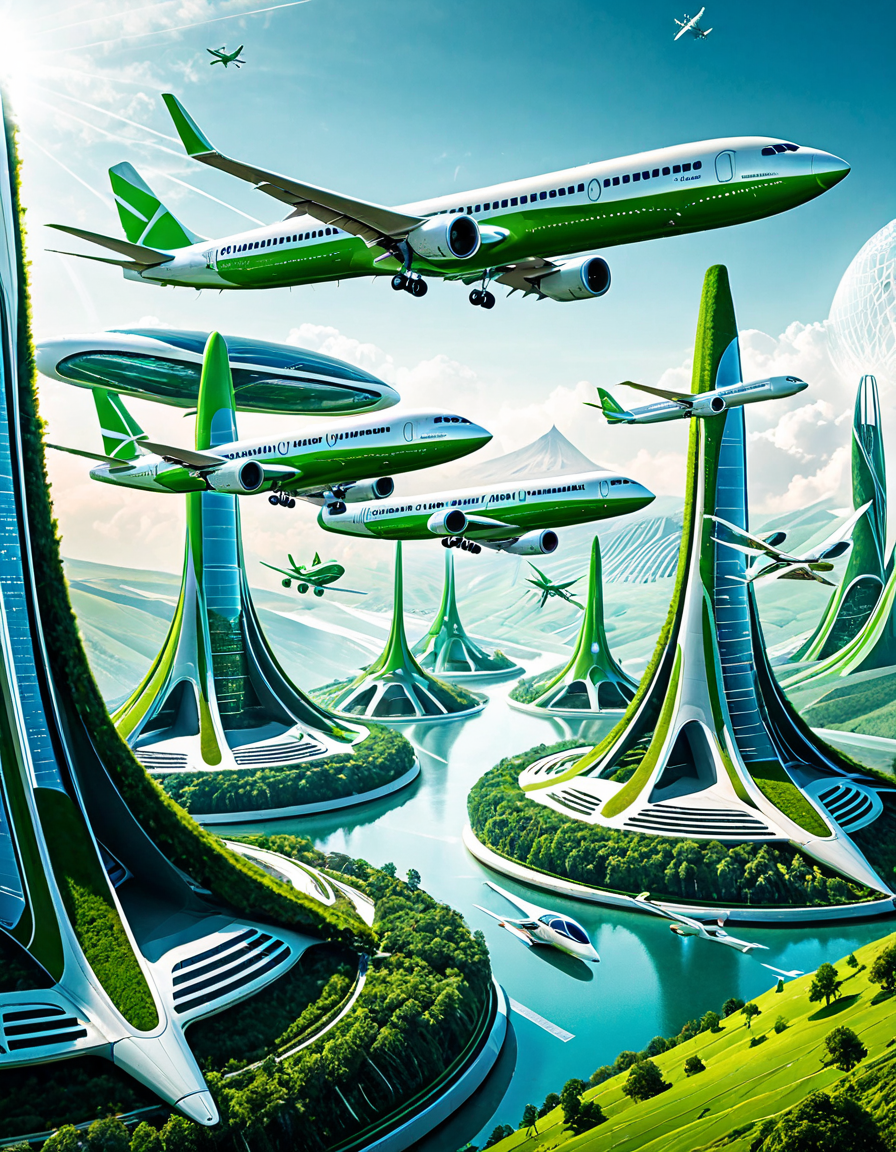
Top 7 Planes Shaping the Future of Travel in 2026
The Boeing 787 Dreamliner isn’t just a pretty face; it’s been a game-changer in air travel. Its use of composite materials makes it lighter, allowing for a fuel efficiency improvement of up to 20%. Airlines using the Dreamliner manage to slash operational costs while enhancing passenger comfort, making this aircraft a benchmark for eco-conscious flying.
The Airbus A220 has redefined regional travel dynamics. Smaller and more efficient, it opens up new direct flight routes that weren’t previously feasible. With a cabin designed to maximize comfort and equipped with innovative noise-reduction technology, travelers can easily see why airlines and flyers alike prefer this aircraft.
Enter Boom Supersonic’s Overture, which is poised to bring supersonic travel back into vogue. Promising to cut transatlantic flight times in half, this aircraft boasts eco-friendly engine technology. Unlike the infamous Concorde, Overture aims to deliver speed without compromising environmental integrity.
Renowned for its extended range, the Airbus A321XLR has become a must-have for low-cost carriers. This aircraft allows airlines to tap into new non-stop international routes, significantly broadening the choices for budget-conscious travelers. Its increased passenger capacity also spells good news for those looking to travel without breaking the bank.
The Embraer E-Jet E2 series sets the pace in the regional jet market. This aircraft, known for its fuel-efficient engines and advanced aerodynamics, enables airlines to serve smaller airports effectively. Passengers appreciate the comfortable ride, while airlines benefit from opening new paths in air travel accessibility.
As an experimental electric aircraft, NASA’s X-57 Maxwell takes bold strides toward zero-emission flight. With innovative distributed electric propulsion technology, it minimizes noise and emissions. For aviation enthusiasts and environmental advocates alike, this marks a significant milestone in the push for sustainable flying.
The eagerly awaited Concorde 2.0 offers a renewed vision for supersonic flights. This airplane learns from the past, integrating advanced quiet supersonic technology and significantly boosting fuel efficiency. With benefits including sustainability and improved noise control, it represents the dawn of a new age in air travel.
The Impact of Sustainability on Future Planes
Sustainability is a hot topic that now influences every aspect of aviation, from design to operation. Plane manufacturers like Boeing and Airbus are taking strides toward net-zero carbon emissions by 2050 by investing in sustainable aviation fuels (SAF) and hybrid engine technologies. Moreover, enhanced aerodynamics contribute significantly to reducing an aircraft’s environmental footprint, making it easier for airlines to operate responsibly.
Boeing investigates using SAF in its older models, striving to demonstrate that sustainability isn’t just a future goal but a current reality. Meanwhile, Airbus is taking charge in developing the next generation of environmentally friendly aircraft, with plans that showcase these initiatives in their upcoming models. Case studies highlight that by 2026, airlines employing these sustainable technologies will likely see lowered operational costs and improved public perception.
Furthermore, partnerships between governments and private firms are emerging. This collaboration focuses on facilitating the transition to cleaner technologies and improving air travel’s environmental impact. Developments like these underscore that sustainability isn’t just an isolated trend but a movement that is rapidly integrating with commercial aviation.

The Passenger Experience in the Age of Innovation
As technology transforms planes, it’s also reshaping the passenger experience. Airlines are aggressively enhancing comfort levels with cutting-edge designs in cabin layouts and passenger services. Innovations such as mood lighting and extensive in-flight entertainment, including virtual reality experiences, have started to redefine what passengers can expect during their flights.
Airlines like Emirates and Singapore Airlines are at the forefront of this transformation, constantly upgrading their offerings based on customer feedback. From the luxurious first-class suites to trending inflight options on platforms like Poppy Trolls, customers are experiencing unprecedented levels of personalization. The focus is shifting from merely getting passengers from point A to B; it’s about crafting an unforgettable journey.
Moreover, connectivity plays a massive role. With Wi-Fi becoming standard, travelers can stay online while cruising at 30,000 feet. This seamless integration of technology enhances the overall experience by allowing passengers to share their journeys instantly, making flights feel less isolated and more engaging.
Navigating Tomorrow: Regulatory and Industry Challenges
However, as new planes grace the skies, they don’t come without their challenges. Customary regulations governing air traffic management struggle to keep pace with rapid technological advancements in aircraft design and operations. A pressing need exists to create updated regulations that can accommodate the innovations shaping the aviation landscape.
Discussions regarding these regulatory adjustments are ongoing at key aviation bodies worldwide. Collaborations among governments, airlines, and manufacturers focus on maintaining safety while integrating new technologies. Addressing these concerns is crucial, as the industry looks to balance innovation, efficiency, and safety.
Moreover, the industry grapples with the necessity to modernize infrastructure—runways, air traffic control, and ground support must all evolve to handle the sophisticated airplanes of the future. This task underscores the need for coordinated efforts across sectors to make the most of emerging technologies.
Envisioning the Future of Air Travel
The planes of today and tomorrow are transforming our perceptions of air travel. With advancements in sustainability and enhanced passenger experiences, air travel is not only becoming more appealing but also more responsible. As we gaze into the horizon, we find ourselves at the dawn of an era where globalization and eco-consciousness converge.
Each new development challenges airlines and manufacturers to push boundaries further. The spirit of adventure fuels the quest for shorter flight times and reduced emissions. However, the industry also recognizes that accessibility remains paramount, making strides toward providing services that cater to everyone.
In our ever-connected world, planes become windows to new cultures, opportunities, and experiences. The sky may be the limit, but with innovative planes, it’s also a gateway to exploring unfamiliar horizons. The aviation industry is ready to soar into a bright future, armed with insights that will transform how we connect across the globe.
Planes: The Transformative Wings of Travel
A Brief History of Planes
Did you know the Wright brothers’ first flight in 1903 lasted just 12 seconds? Air travel has certainly come a long way since then! In fact, planes today can transport passengers across continents in a matter of hours, making it easier than ever to join the fun during spring break or jet off for a long weekend. These flying machines have revolutionized how we explore the globe, opening new horizons for vacations, business, and everything in between. Considering the pace of modern travel, you might be surprised to learn some interesting tidbits about planes. For example, one of the most iconic planes, the Boeing 747, known affectionately as the “Jumbo Jet, was first introduced in the late 1960s and has since become a symbol of long-haul travel.
Innovations in Aviation
Diving into the innovations in the world of aviation, do you know that the introduction of winglets on planes can lead to a fuel efficiency increase of 5%? That might sound small, but when you think about the number of flights around the globe, that’s a huge impact! Plus, with the upcoming Pga Championship 2025 slated to attract thousands of visitors, planes will play a crucial role in shuttling fans and players alike to the event. Modern advancements also include aircraft equipped with quieter engines and better aerodynamics, making air travel more enjoyable for passengers and for the environment.
Fun Facts Worth Knowing
At first glance, the details about planes may seem trivial, but they can be pretty fascinating! For instance, did you know the world’s largest commercial aircraft, the Airbus A380, can carry more than 800 passengers? That’s more than a small town! Or how about the fact that the fastest commercial airplane, the Concorde, could cross the Atlantic in about three hours? Nowadays, films often capture the allure of air travel; take a peek at the story of Ishaana Night Shyamalan, who’s known for his thrilling narratives, tapping into themes that include aviation and exploration. Explorers and adventurers have always turned their eyes upwards, and whether you’re a novice flyer or a frequent traveler, understanding the planes you board adds to the journey.
